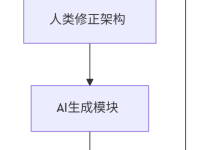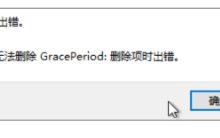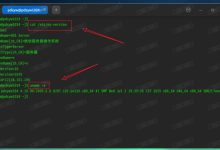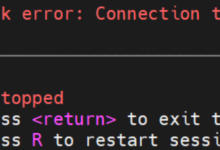一、CPU使用率
1、脚本准备
(1)创建shell脚本文件:
cd /opt
vim cpu.sh
(2)输入以下脚本内容:
#!/bin/bash
FILE_NAME=`basename $0`
cpunum=$2
pid_array=()
function usage()
{
echo "Usage:$FILE_NAME consume cpu_number|release —–the value of cpu_number is an integer,such as 1,2,3"
echo "Example: $FILE_NAME consume 12"
echo " $FILE_NAME release"
}
function endless_loop()
{
echo -ne "i=0;
while true
do
i=i+100;
i=100
done" | /bin/bash &
}
function consume()
{
for i in `seq $1`
do
endless_loop
pid_array[$i]=$!
done
echo "consume cpu resources process ids are: ${pid_array[*]}"
}
function release()
{
for pid in $(ps -ef |grep /bin/bash |grep -v grep |awk '{print $2}' |xargs)
do
kill -9 $pid
done
}
function main()
{
case "$1" in
consume) consume $cpunum;;
release) release;;
*) usage;exit 1;;
esac
}
main $*
2、运行脚本 保存文件,运行此shell脚本
sh cpu.sh consume 所需要占用的cpu核数
注意:在运行该脚本时,需要先确认当前服务器的cpu核数之后在运行,以免出现CPU使用率太高导致服务器宕机。
例如当前服务器的配置为8核16G,需要将服务器的cpu使用率提高至10%-20%,你需要使用该脚本运行占用1核CPU,以达到服务器CPU资源使用率达到10%左右的目的,此时运行命令为:
sh cpu.sh consume 1
3、可使用 top 命令查看cpu运行是否达标

3、资源回收:资源释放命令
sh cpu.sh release
二、内存使用率 1、脚本准备 (1)创建脚本文件:
cd /opt
vim memory.sh
(2)输入以下脚本内容:
#!/bin/bash
FILE_NAME=`basename $0`
memsize=$2
function usage()
{
echo "Usage:$FILE_NAME consume memory_size|release —–the value of memory_size like 100M 2G and etc"
echo "Example: $FILE_NAME consume 1G"
echo " $FILE_NAME release"
}
function consume()
{
if [ -d /tmp/memory ];then
echo "/tmp/memory already exists"
else
mkdir /tmp/memory
fi
mount -t tmpfs -o size=$1 tmpfs /tmp/memory
dd if=/dev/zero of=/tmp/memory/block
}
function release()
{
rm /tmp/memory/block;ret=$?
if [ $ret != 0 ]; then
echo "remove memory data failed"
return $ret
fi
umount /tmp/memory;ret=$?
if [ $ret != 0 ]; then
echo "umount memory filedir failed"
return $ret
fi
rmdir /tmp/memory;ret=$?
if [ $ret != 0 ]; then
echo "remove memory filedir failed"
return $ret
fi
}
function main()
{
case "$1" in
consume) consume $memsize;;
release) release;;
*) usage;exit 1;;
esac
}
main $*
2、脚本运行 保存文件,运行此shell脚本
sh memory.sh consume 所需要占用的内存
注意:在运行该脚本时,需要先确认当前服务器的内存大小之后再运行,以免出现内存使用率太高导致服务器宕机。
例如当前服务器的配置为8核16G,需要将服务器的内存使用率提高至10%-20%,则运行占用5G,以达到服务器内存资源使用率达到10%左右的目的,此时运行命令为:
sh memory.sh consume 1G
3、资源回收:资源释放命令
sh memory.sh release
三、在磁盘中写入相应大小的文件:
—-创建文件11G dd if=/dev/zero of=test1.txt count=10 bs=1024M —-创建文件16G dd if=/dev/zero of=test2.txt count=15 bs=1024M —-创建文件25G dd if=/dev/zero of=test1.txt count=23 bs=1024M —-创建文件129G dd if=/dev/zero of=test9.txt count=60 bs=2048M —-创建文件168G dd if=/dev/zero of=test1.txt count=80 bs=2000M —-创建文件258G dd if=/dev/zero of=test11.txt count=120 bs=2048M —-创建文件275G dd if=/dev/zero of=test10.txt count=128 bs=2048M
 网硕互联帮助中心
网硕互联帮助中心






评论前必须登录!
注册